Reconfigurable functional liquid devices have been created by assembling and disassembling different types of liquid droplets. Liquid droplets such as silicone oil were printed into a range of structures and then liquids could be pumped through them, allowing bespoke fluidic devices to be made.
Inspired by toy building blocks, the researchers from Southeast University in China have shown that complex and stable liquid devices, including fluidic devices and multiphase devices, could be created and reconfigured in minutes by directly assembling and disassembling the numerous liquid units. They have demonstrated 2D and 3D liquid devices with diverse geometries, various liquid compositions and well-designed liquid–liquid interface arrangements.
‘With this strategy, the manipulation and programming of liquids in a spatiotemporal way were realised, confirming all sorts of promising applications including but not limited to fluidic chips and microreactors,’ the researchers concluded.
But they acknowledge some limitations with their proposed set-up, including the fact that 3D fluidic channels require further substrate structure optimisations to enhance the operation stability, especially under high flow rates. In addition, their system has yet to explore the more complex chemical reactions that involve intense energy exchange with the surrounding environment. Nevertheless, the team suggests that this liquid building blocks strategy offers a new path to liquid manipulation that deserves further optimisation and investigation.
References
Y Zeng et al, Nat. Chem. Eng., 2024, 1, 149 (DOI: 10.1038/s44286-023-00023-z)


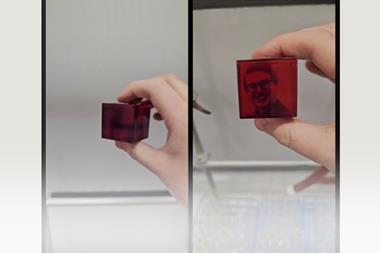
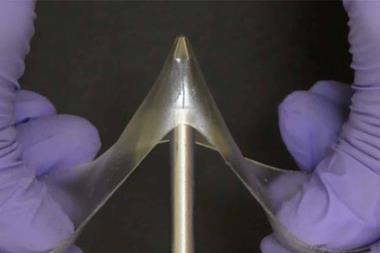







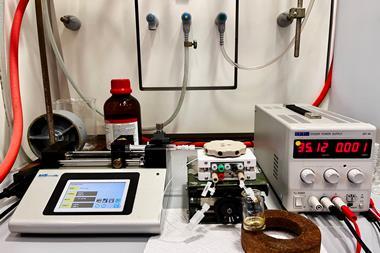


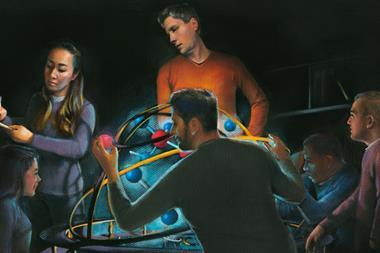
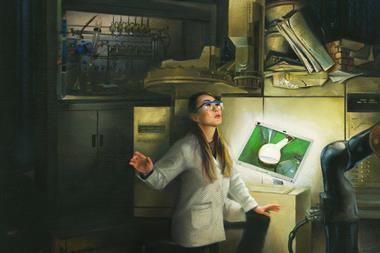











No comments yet